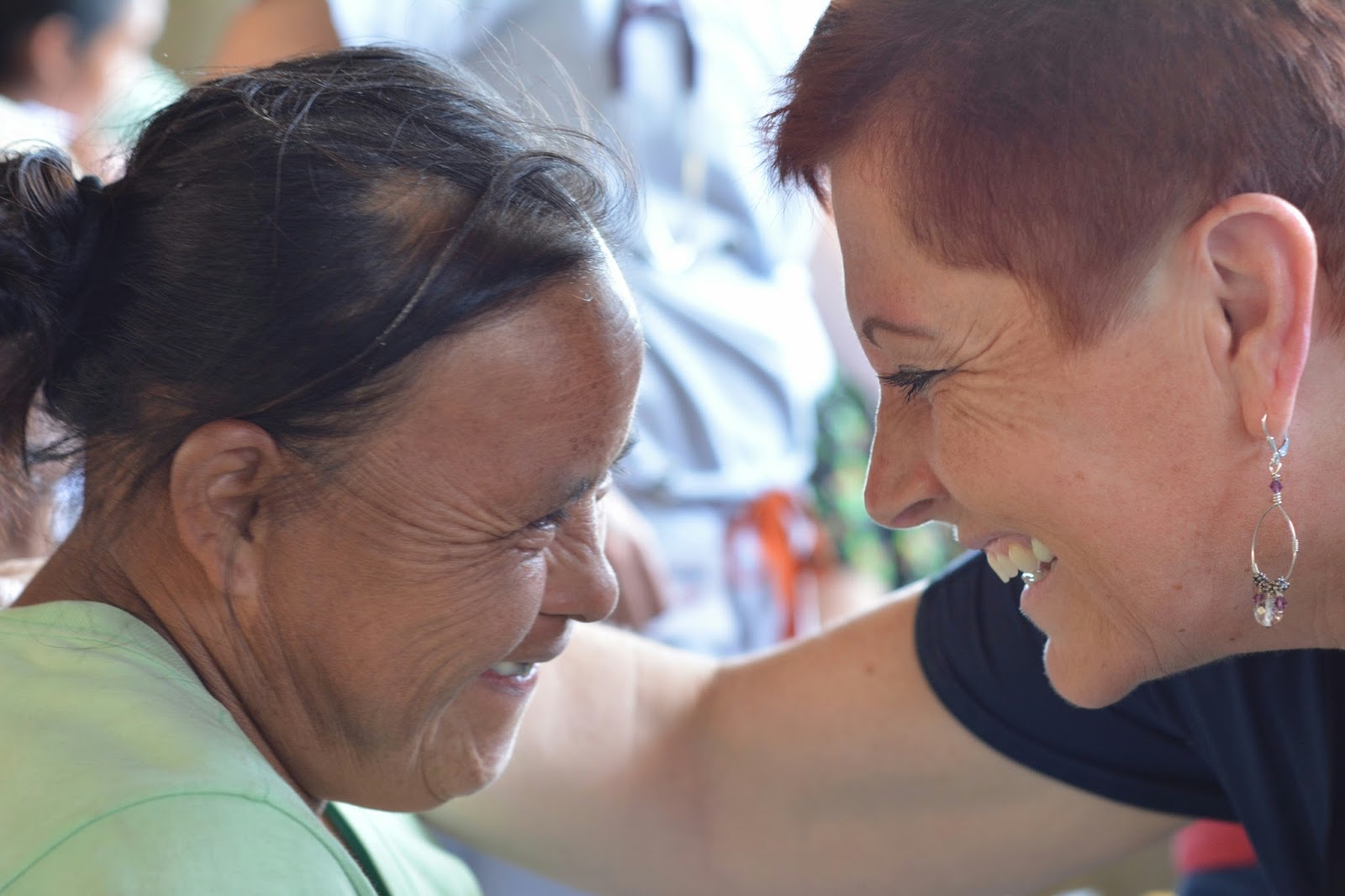Christine Rushton, Murrow Backpack Journalist
 |
| An image of an Antiguan street in Guatemala. Christine Rushton | Murrow College |
Consider the image of an Antiguan street on a Saturday in Guatemala.
On one corner sits a native woman adorned in a wool shawl; the jewel-toned design reflects the pattern indicative of her village, and the attire advertises the similarly colored scarves she sells.
Across the cobblestone path stands an American tourist bending down to hand a purple-clad Guatemalan girl 20 Quetzals. He takes the three handmade headbands he bought, and then points to his camera, indicating he would like a photo of her.
Blocking traffic, a bride and groom step out of a black waxed BMW in the center of the street. A trail of bridesmaids and groomsmen parade in the direction of the centuries-old Catholic Church.
Poor. Privileged. Unaware.
Heading into the last day of reporting in Guatemala, I opted to put down my pen and focus on uninterrupted observation. Photos ceased toward the end of the day, allowing the memories to burn into my mind.
Tourists and vendors flock to Antigua, a city built by the Mayans and preserved by the money visitors pump in to the local shops. Looking at the volcanoes surrounding the city, I thought about the people who shared their stories with me throughout the week. Like the mountainous beasts with which they share their home, the beauty of their faces contain the turmoil bubbling within.
 |
| Corn tortillas for sale at a doorway in Antigua. Christine Rushton | Murrow College |
 |
| Workers repair the roofs of Antigua to maintain its quality. Christine Rushton | Murrow College |
One man, Miguel, I met on the curb beneath Antigua’s famous yellow clock arch.
He sat in the quiet of the afternoon with his sun-kissed wrinkled fingers curled around a pointed paintbrush. The palette balanced on his left knee held blends of purples, reds and yellows. Words on his grey cotton shirt read “Old Navy.”
Squatting to flip through his work displayed against the cement wall, I took the moment to trace with my eyes each stenciled line slightly hidden beneath brush strokes. Within the dried flecks lay an image of his home.
I didn’t notice the hand until it lifted the cardboard canvas away. Miguel wanted to share his story with me. Smiling with each foreign word, he and I treaded through a conversation mixed with Spanish and English.
Antigua has been his home since birth, he said. He has painted on the streets in order to survive for the last 13 years.
But, unlike the artists across the street marketing prints masquerading as originals, Miguel sells stories. In Spanish calligraphy, he wrote the history of the arch in the painting I bought on the canvasback.
 |
| Miguel writing the history of the painting for me. Christine Rushton | Murrow College |
Then he signed and dated, allowing the ink to bleed into the fibers like his face burning into my memory.
Back in the United States, I will put Miguel’s painting next to the canvas I collected from Cuba.
Each shows the faces of those I’ve traced; each shows the faces of those I will soon outline.
 |
| Christine Rushton | Murrow College |


































